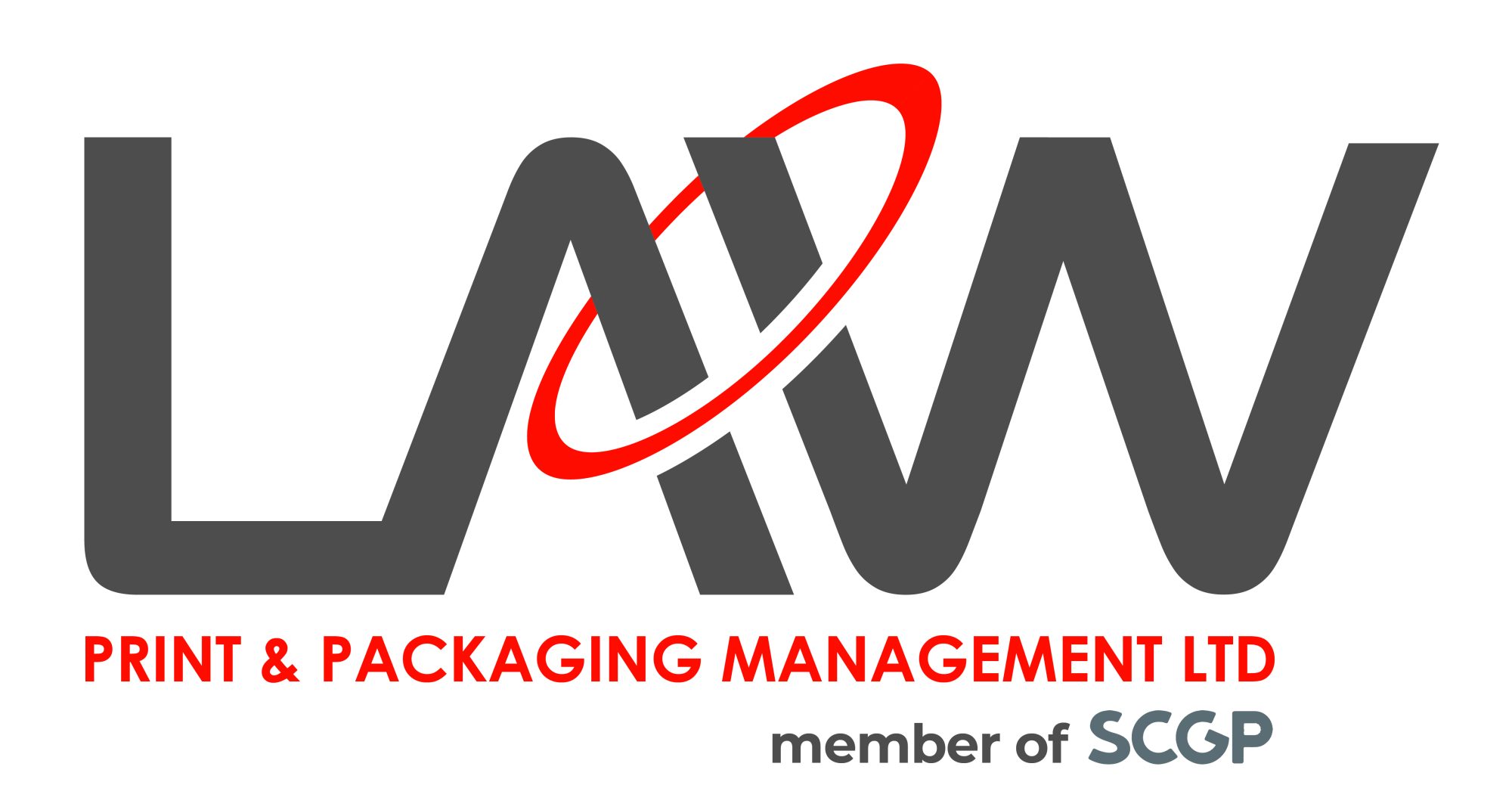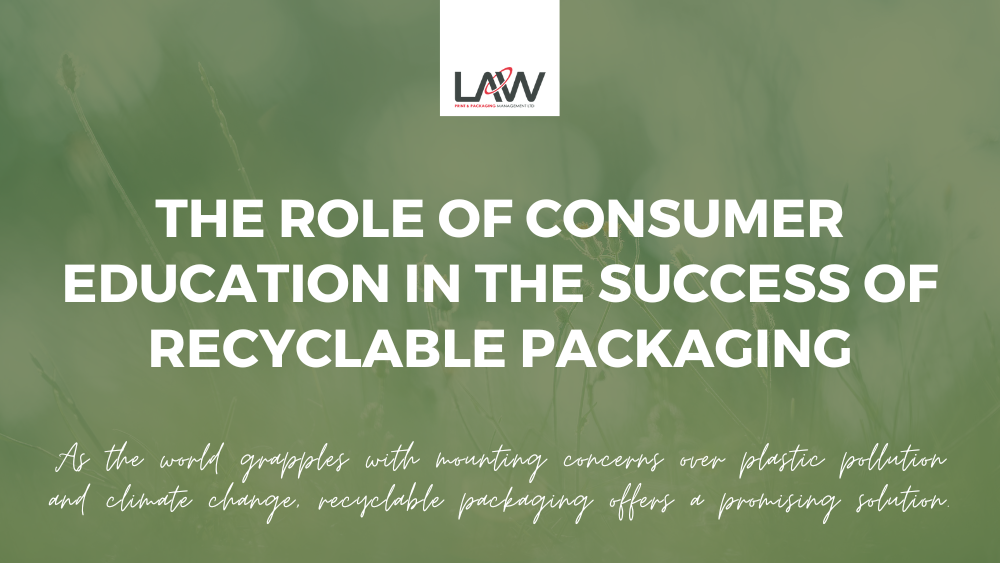The Role of Consumer Education in the Success of Recyclable Packaging. It has emerged as a key player in the global effort to reduce environmental impact and promote sustainability in many different industries. However, education plays an important part in making sure it reaches its maximum potential.
As the world grapples with mounting concerns over pollution and climate change, recyclable packaging offers a promising solution.
However, for recyclable packaging to be truly effective, consumer education plays a pivotal role. In this article, we will explore the importance of consumer education in the success of recyclable packaging.
The Rise of Recyclable Packaging
Recyclable packaging represents a significant shift away from traditional single-use plastics and non-recyclable materials. It is designed with the intention of being reused, repurposed, or recycled at the end of its lifecycle. This approach aligns with the principles of the circular economy, which seeks to minimise waste and maximise the reuse of resources.
The benefits of recyclable packaging are manifold. It reduces the consumption of finite resources, conserves energy, lowers greenhouse gas emissions, and minimises the adverse impacts on ecosystems. Additionally, it helps reduce the burden on landfills and curtails the amount of plastic waste that finds its way into our oceans and natural environments.
Consumer Education as a Catalyst
While recyclable packaging holds great promise, its success depends significantly on consumer education. Here’s why:
Sorting and Collection: To recycle effectively, consumers must be educated on how to sort and separate recyclable materials from non-recyclables. This includes understanding what types of packaging are recyclable, how to clean and prepare them for recycling, and where to drop them off for collection. Without this knowledge, recyclable materials can end up in the wrong bins or in landfills.
Contamination Reduction: One of the critical challenges in recycling is contamination. When non-recyclable items are mixed with recyclables, the entire batch can become unusable. Consumer education plays a crucial role in reducing contamination by helping people understand which items are recyclable and which are not.
Behavioural Change: Consumers need to change their consumption habits to prioritise products with recyclable packaging. This shift in behaviour requires an understanding of the environmental benefits of recyclable packaging and a commitment to making sustainable choices.
Support for Recycling Programs: Education empowers consumers to participate actively in recycling programs and advocate for their expansion. Informed consumers are more likely to demand comprehensive recycling facilities and improved infrastructure from both businesses and government authorities.
Circular Economy Awareness: Consumer education can raise awareness about the concept of the circular economy, highlighting the importance of keeping materials in use for as long as possible through recycling, reusing, and reducing waste. This knowledge can foster a mindset of responsible consumption.
Promoting Consumer Education
To harness the full potential of recyclable packaging, businesses, governments, and environmental organisations must collaborate to promote consumer education:
Clear Labelling: Product labels should prominently display recycling information, including the materials used and clear recycling symbols. This enables consumers to make informed choices at the point of purchase.
Engaging Campaigns: Public awareness campaigns and educational initiatives can help consumers understand the environmental impact of their choices. These campaigns can be run by businesses, non-profits, or government agencies.
School Programs: Incorporating recycling and environmental education into school curricula can instil responsible habits from a young age, creating a generation of environmentally conscious consumers.
Interactive Tools: Develop user-friendly apps and websites that provide recycling information, locate nearby recycling centres, and offer tips on reducing waste.
Incentives: Governments and businesses can offer incentives such as tax breaks or discounts for consumers who actively participate in recycling programs or choose products with recyclable packaging.
Conclusion
Recyclable packaging is a crucial component of sustainable consumption, but its success hinges on consumer education. Empowered consumers who understand the value of recycling and how to participate effectively can drive positive change. By investing in educational efforts and promoting responsible consumption habits, we can maximise the environmental benefits of recyclable packaging and work toward a more sustainable future.
The Role of Consumer Education in the Success of Recyclable Packaging
If your brand is looking to invest in sustainable packaging, we will guide you through the entire print process. Providing recommendations to improve efficiency, reduce costs and add untold value to the end product.
Contact us on +44 (0) 161 440 7302 or follow this link to complete our contact form.


